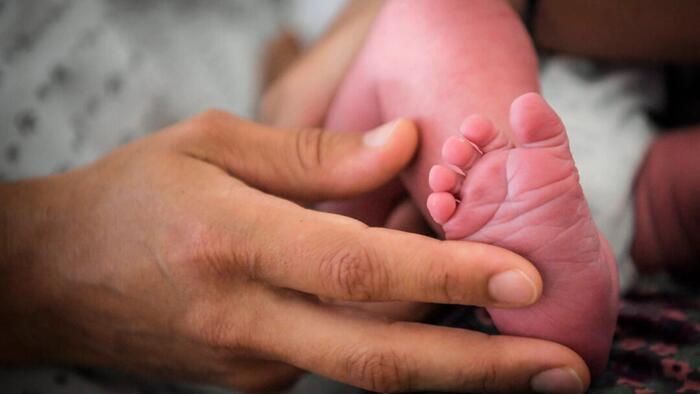


Authored by Naveen Athrappully via The Epoch Times (emphasis ours),
The average age of women giving birth in the United States is now close to 30 years, with the percentage of first births falling among young females, the Centers for Disease Control and Prevention said in a June 13 National Vital Statistics report.
The mean age at birth for all mothers increased from 28.7 in 2016 to 29.6 in 2023, according to the report. For first births, the average age rose from 26.6 years to 27.5 during this period.
The percentage of first births rose by 12.6 percent in women aged 30-34 and by 25 percent for women aged 35 and above.
In contrast, the percentage of first births among women aged 20-24 declined by 9 percent, and for those younger than 20 by 26 percent.
“Higher maternal age is linked to smaller family size on average and may carry different health risks and benefits compared with younger maternal age,” the CDC said.
“The findings of this analysis suggest that U.S. women may be continuing to delay motherhood,” it added. “Motherhood is increasingly delayed across most races and Hispanic-origin groups.”
Asian mothers saw the largest increase in average age at first birth of 1.4 years. Native Hawaiian or Other Pacific Islander mothers had the smallest increase at 0.4 years.
A 2023 study published by PubMed Central showed that women were delaying childbearing due to factors such as education, participation in the labor market, and shifting personal preferences.
“Access to safe, efficient, and reversible pregnancy prevention methods” has also contributed to delayed childbearing in women, it said.
While speaking to reporters on April 22, President Donald Trump indicated he was willing to consider financial bonuses to boost birth rates in the United States.
Earlier this month, the administration announced it was ending a Biden-era guidance that directed hospitals to provide women with emergency abortion services.
The guidance was issued in 2022 after the Supreme Court overturned Roe v. Wade and returned decisions regarding abortions to the states.
Earlier this year, Vice President JD Vance said he wanted more babies born in the United States. The American society has “failed to recognize the obligation that one generation has to another as a core part of living in a society,” he said.
“We failed a generation not only by permitting a culture of abortion on demand, but also by neglecting to help young parents achieve the ingredients they need to lead a happy and meaningful life.”
In addition to women delaying pregnancy, men’s interest in being fathers is also waning, according to a 2022 study published in the Journal of Marriage and Family.
Childless men make up over a third of all adult males in the United States, the study said, adding that a growing share of these men “do not want children and increasingly, a lack of children would not bother them at all.”
“Certainty in having children among childless men has waned over time, and fewer childless men are concerned with parental leave policies when evaluating their job options.”
A key issue contributing to childlessness is childcare costs, which are at an “almost prohibitive” level, the Department of Labor said in a Nov. 19 post.
American families spent between 8.9 to 16 percent of their median incomes on full-day care for just a single child, it said. Annual costs were at $6,552 to $15,600 in 2022.
“To put this into perspective, the median cost of a year’s worth of rent was $15,216 in 2022,” the post said.
In an interview with NTD’s British Thought Leaders in May last year, data scientist and demographer Stephen J. Shaw called population decline “the most serious crisis humanity is facing,” warning it could lead to societal collapse.
“In fact, there’s evidence that this is exactly how civilisations end,” Shaw said, citing the Roman Empire’s policies in its latter stages that sought to raise birth rates, including by imposing taxes on childless individuals.
“There are Roman experts who put demography as one of the reasons that the Roman Empire—well, it didn’t fall overnight—basically faded away. And that’s exactly what’s happening to us, now. We’re fading away. This is what it feels like to fade away,” he said.
